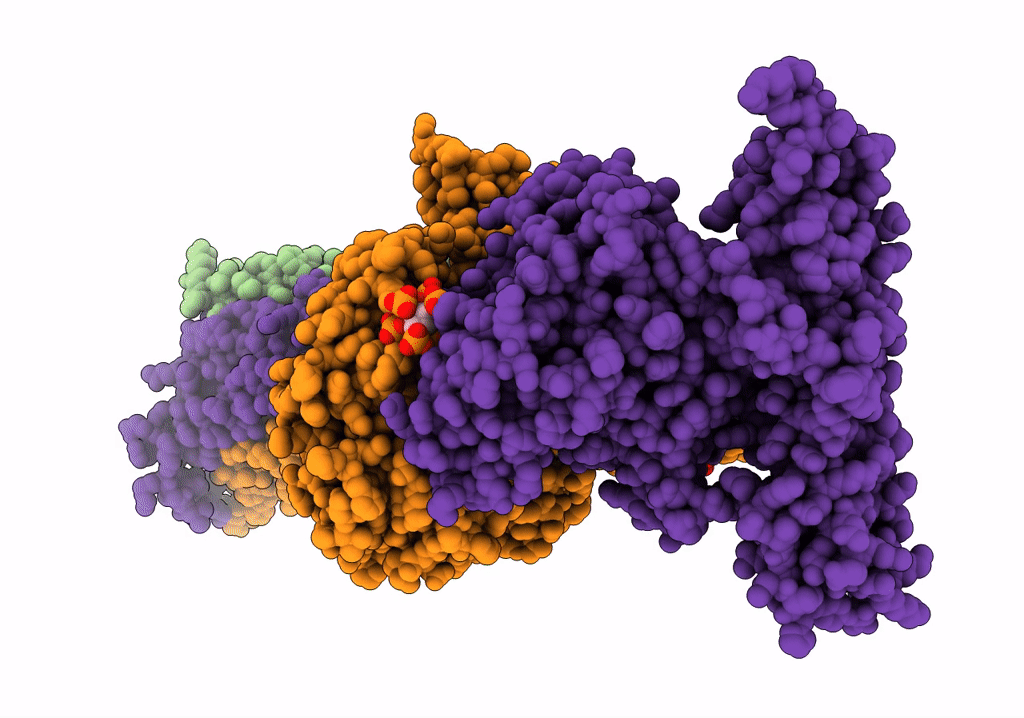
Deposition Date
2022-08-15
Release Date
2023-02-22
Last Version Date
2025-07-02
Entry Detail
Biological Source:
Source Organism:
Saccharomyces cerevisiae (Taxon ID: 4932)
Host Organism:
Method Details:
Experimental Method:
Resolution:
3.00 Å
Aggregation State:
PARTICLE
Reconstruction Method:
SINGLE PARTICLE


